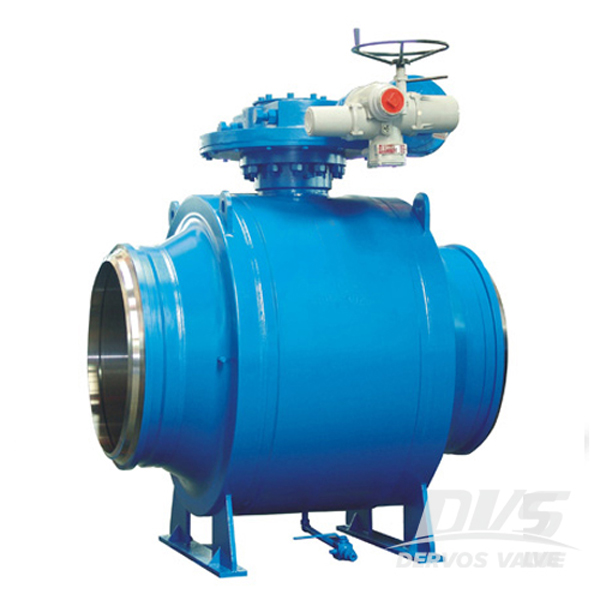Payment:
30% T/T When Order, 70% T/T Before ShipmentProduct Origin:
ChinaColor:
CustomizationShipping Port:
Shanghai ChinaLead Time:
35~60 days Ex Works After Order ConfirmationMaterial:
Forged Steel Ball Valve, Carbon Steel Ball Valve, A105NMethod of Operation:
Manual Ball Valve, Gear OperatedQuick Detail
|
Type |
Ball Valve |
|
Size |
10" |
|
Pressure |
ANSI 300 |
|
Construction |
Trunnion Type, One Piece Body, Full Bore, Fully Welded |
|
Connection |
Butt Weld (BW) |
|
Operation |
Gearbox |
|
Body Material |
Forged Steel A105 |
|
Design |
API 6D |
|
Pressure & Temp |
ASME B16.34 |
|
Face to Face |
ASME B16.10 |
|
End Connection |
ASME B16.25 |
|
Inspection |
API 598 |
|
Temperature Range |
-29℃~+125℃ |
|
Media |
W.O.G |
Related Knowledge
What is a fully welded ball valve? What is the benefit and advantage of a fully welded ball valve?
A fully welded ball valve is welded after forging without any bolted connection on the body. Compared with flanged ball valve, it features in maximum strength at minimum weight.
The design of the valve gives it advantage:
-Overall small size and light weight
-Fewer leak paths on the body
-High machining precision of ball part
-High resistance to external and internal pressure and strength

Our Service
Dervos customer service is one of our biggest competitive advantages. In Dervos, we provide-
1.Quotation within 24 hours or no later than 3 days
This will let you meet the quotation submission deadline and enhance your working efficiency
2.Weekly status report of your order
In this way, you will have a clear picture of your order. You do not need to waste time on pushing us for status update
3.An 18-month warranty period
A warranty certificate will issued after shipment and you will not have any concern after buying valves.
4.Solutions to complaints within 3 days
Quick and responsible actions to complaints will protect your reputation and reduce the financial loss as much as possible.
If you are interested in our products and want to know more details,please leave a message here,we will reply you as soon as we can.